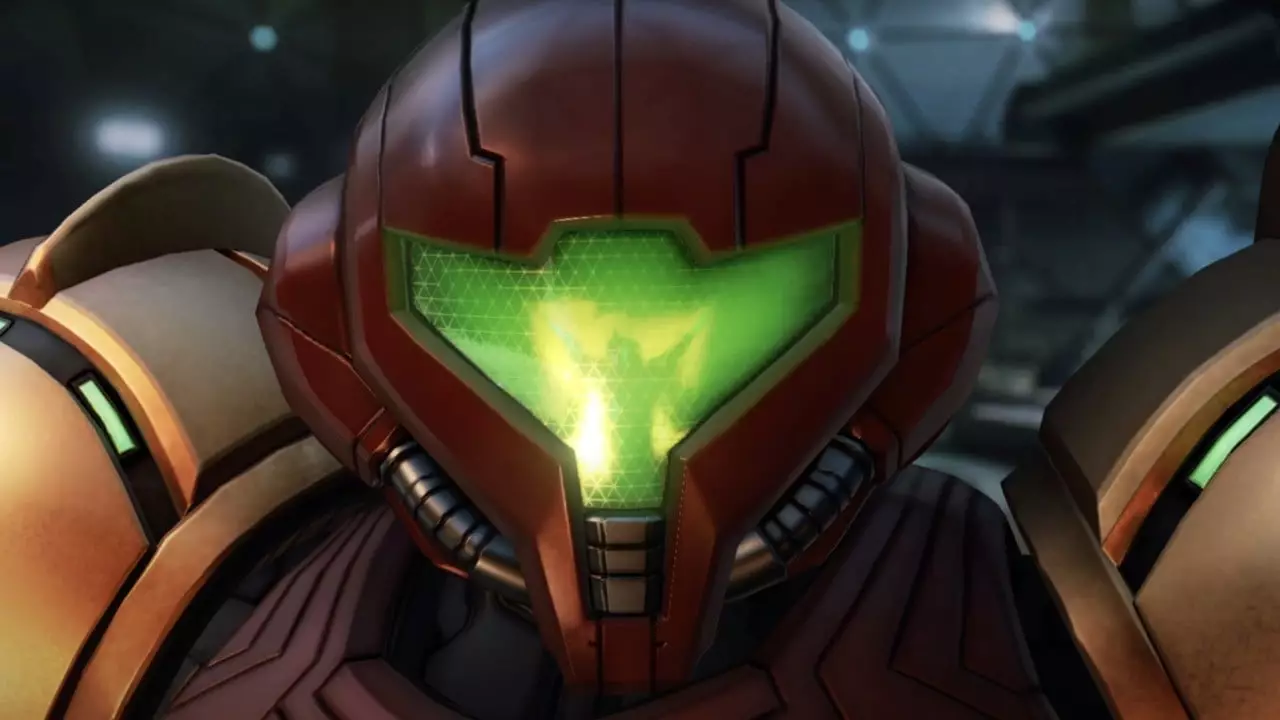The allure of retro gaming is undeniable, particularly when it comes to beloved titles that defined an era. The announcement of collections such as the Capcom Fighting Collection 2 brings mixed emotions, as nostalgia clashes with the reality of modern adaptations. While the prospect of enjoying classics like Power Stone 1 and 2 in higher resolutions, such as 1080p or 4K, seems appealing, it raises questions about gameplay fidelity. Can digital renditions ever truly capture that ineffable magic felt while playing on the original Dreamcast—complete with the ambiance of an old CRT TV? The simple answer is likely, no.
The transition to modern displays like OLEDs introduces a complexity that many gamers may overlook. Although they promise vibrant colors and spectacular visuals, the inherent motion blur associated with these screens can create a disconnect in fast-paced gameplay scenarios. This issue is particularly evident in games that demand precise inputs and split-second reactions, which are hallmark characteristics of fighting games and platformers. The feedback offered by a CRT set, which often has a crisper response time and a nostalgic feel, is hard to replicate. Thus, despite the advancements in technology, there’s no denying that many would prefer the tactile feel of original hardware combined with an analog display.
Gamer anticipation can wane quickly, particularly for franchises that have experienced peaks in innovation. The mention of Metroid Prime 4 can evoke disappointment when looking at recent remasters, such as Metroid Prime Remaster on the Switch. The absence of iconic control methods—such as the Wii’s sensor bar for gyro motion aiming—diminishes the gaming experience. The joy-cons, while representing an advancement in portability, fall short as a replacement for the traditional Wii Remote and Nunchuk setup, making gameplay feel less fluid and more cumbersome.
The perception of control within gaming greatly affects immersion. For instance, the reintroduction of traditional controls in Donkey Kong Country Returns HD is lauded, yet it brings its own set of challenges. Even without poorly implemented motion controls, gamers may find themselves longing for the precise responsiveness of earlier titles like Donkey Kong Country on the SNES. Titles such as Tropical Freeze, despite carrying forward the legacy, might seem sluggish and heavy by comparison.
Ultimately, examining these classic titles under the framework of modern gaming raises critical questions about authenticity and player experience. The inherent excitement of revisiting classic games should not come at the expense of gameplay quality. To truly honor these iconic pieces of gaming history, developers must strike a delicate balance between nostalgia and innovation. The lingering sentiment is clear: as we move further into the future of gaming, there will always exist an intrinsic value in preserving the past. Players must remember the feeling of simpler times and be cautious about how contemporary gaming adaptations might gloss over the very essence of what made these experiences special in the first place.


Leave a Reply